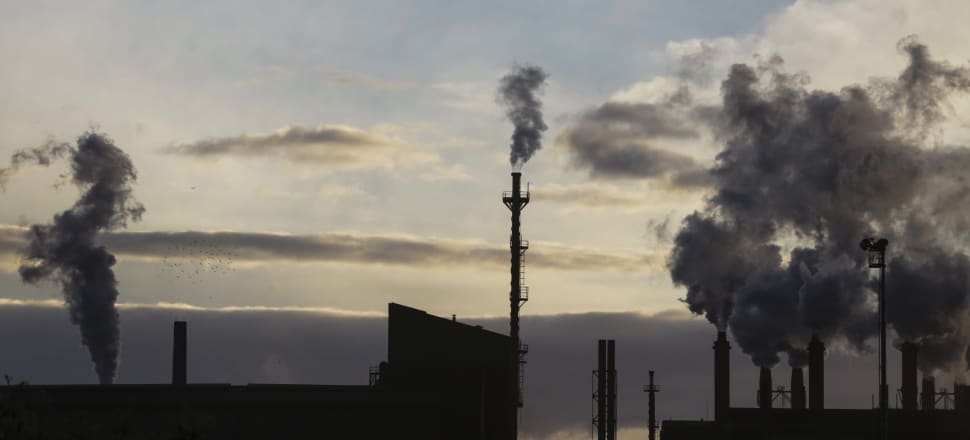
New Zealand's big emitters are under pressure to do more as the country heads towards its zero carbon 2050 target. NZ Steel's the first mover with a big deal with the Government to help it cut its emissions. Who will be next?
The $300 million deal between NZ Steel and the Government to nearly halve the company's coal use is seen as a game changer in the country's battle to reach zero carbon by 2050 – and the pressure is on other big polluters to show what they're doing.
Newsroom's Rod Oram was at Glenbrook Steel Mill in South Auckland last month, when plans were unveiled to put in a clean electric arc furnace by 2027, cutting coal-dependent NZ Steel's carbon emissions by 800,000 tonnes a year – or 1 percent of New Zealand's total carbon emissions.
Oram calls the deal a wise move by the company, but he tells The Detail that it doesn't help New Zealanders along the "behaviour change route for all those myriad sources of emissions".
NZ Steel is taking "first mover advantage", he says, as the landscape for steel-makers changes around the world, and countries begin to introduce border taxes for carbon content on imports.
NZ Steel has also benefitted from free carbon credit allocations under the emissions trading scheme (ETS), but Oram says this will change over time and the company will have to start paying for its emissions.
The Government's $140 million contribution to the project comes from the Government Investment in Decarbonising Industry (GIDI) fund, which allocates money from the ETS, meaning the money comes from the big polluters, rather than taxpayers. The fund still has nearly $500 million to allocate for public-private decarbonisation projects, but Oram says this will dwindle as more firms try to tap into it.
He's critical of most of the country's 10 biggest polluting companies – NZ Steel is 11th – for doing very little to cut their emissions.
"The oil companies, whatever they say, they are not actively engaged in getting out of the oil production and refining and selling business. This is true worldwide. Nothing's going to happen from them."
Oram explains that the operations of the rest of the big 10 polluters, the farming entities, Fonterra and the meat processing firms can be split when it comes to emissions.
"The easy part is the processing side, which is carbon dioxide from running meatworks but in Fonterra's case, that's only 9 percent of its emissions. And it is doing stuff, it's putting biomass boilers in, it's trialling batteries and heat pumps and electric tankers.
"The real issue of course is on-farm and Fonterra and its farmers constitute 21 percent of our total emissions," says Oram.
He tells The Detail why he believes New Zealand farmers – "and there are exceptions" – are falling behind their competitors when it comes to tackling emissions.
"It's very frustrating to see the primary sector say, 'Give us lots of money', and you say, 'Well sure, but where's the ambition?"
Oram says he's not picking on farmers and what's needed is "behaviour change across all businesses, all of society be carbon conscious and actually reducing emissions".
Hear more about this issue in the full podcast episode.
Check out how to listen to and follow The Detail here.
You can also stay up-to-date by liking us on Facebook or following us on Twitter.








